
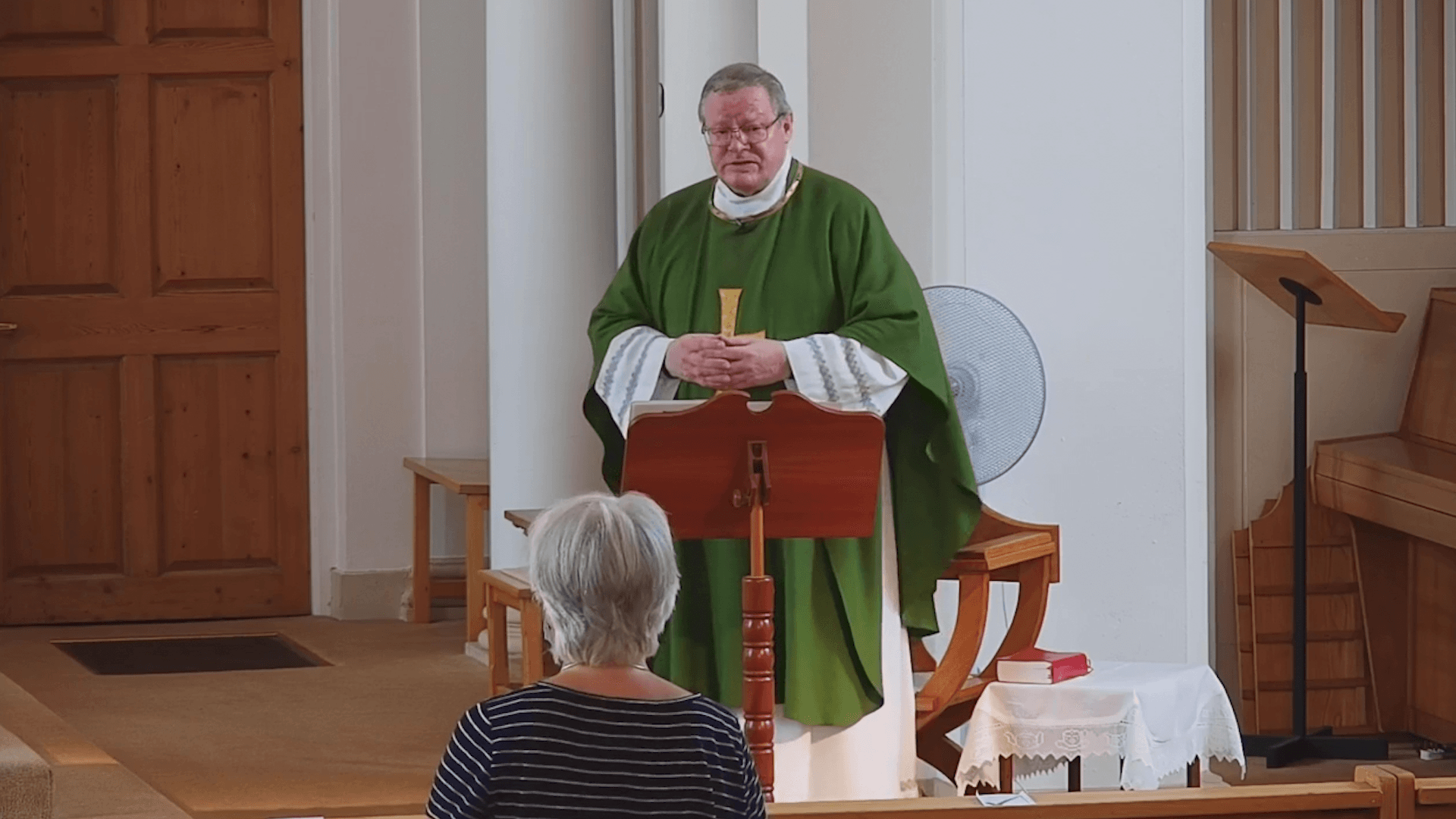
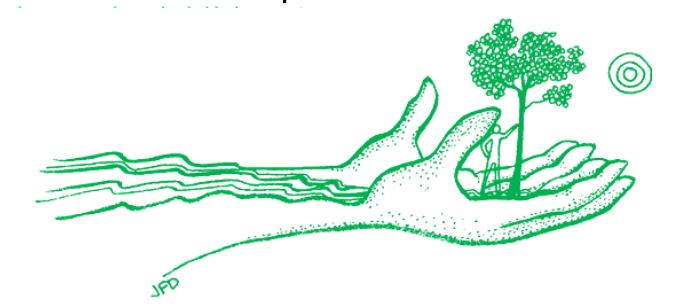

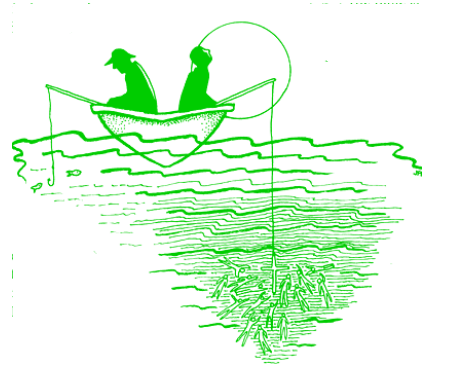

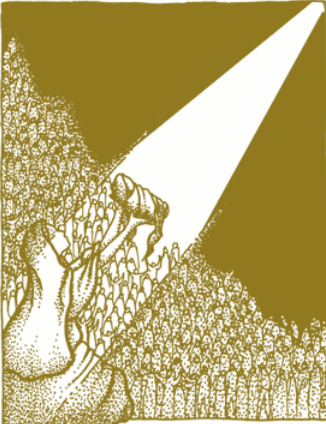

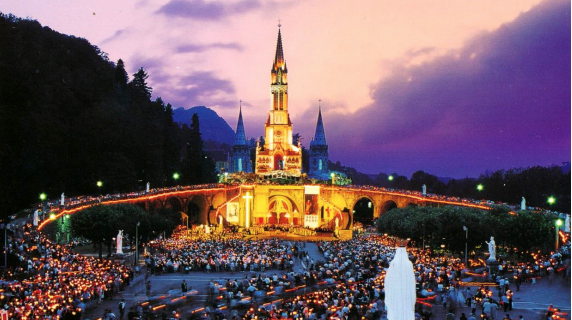
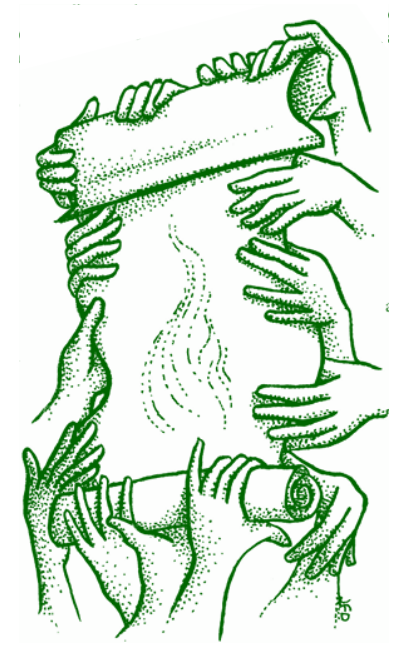
From apostolic times the feasts of Easter and Pentecost were primary, and the Paschal Mystery was the first celebration to have both a time before the feast of preparation and a time after for the extending and completing of the celebration.
In both the Sacramentary and the Lectionary the Sundays that follow Easter are no longer termed ‘after’ for they are ‘of’ Easter, since they do not follow a solemnity, but they are to be taken as a unity to form a single season of solemnity and joy at the triumph of Jesus over sin and death.
In the older understanding of the season the feast of Pentecost was set off because it had its own octave. In the reformed calendar this situation has been remedied for the solemnity of the Ascension no longer ends the season of Easter; it is a special day within the whole special season.
The Easter candle now remains in prominence in the sanctuary until Pentecost and is then placed close to the baptismal font. It is used at funerals and in celebrations of the sacraments of baptism, confirmation, and holy orders. The feast of Pentecost now concludes the Easter season and the week between Ascension and Pentecost should be a time of preparation and expectation for the coming of the Spirit.
The major principle of the calendar reform called for at the Second Vatican Council - that the paschal mystery be the centre of the Christian year - is now made obvious in the Sacramentary because of the emphasis on Easter as the great feast of fifty days.
The Easter candle, lighted for the first time from the new fire of the Easter Vigil, is placed in a prominent place in the sanctuary between Easter and Pentecost and is lit for all liturgical services during the season and is incensed when incense is used during the fifty days.
The colour of the vesture for the season is white, and the cloth or frontal for the lectern should be white as well. Any liturgical hangings or banners should be made of white and contrasting colours and should reflect the season of new life, fulfilment, rejoicing and joy at the season









